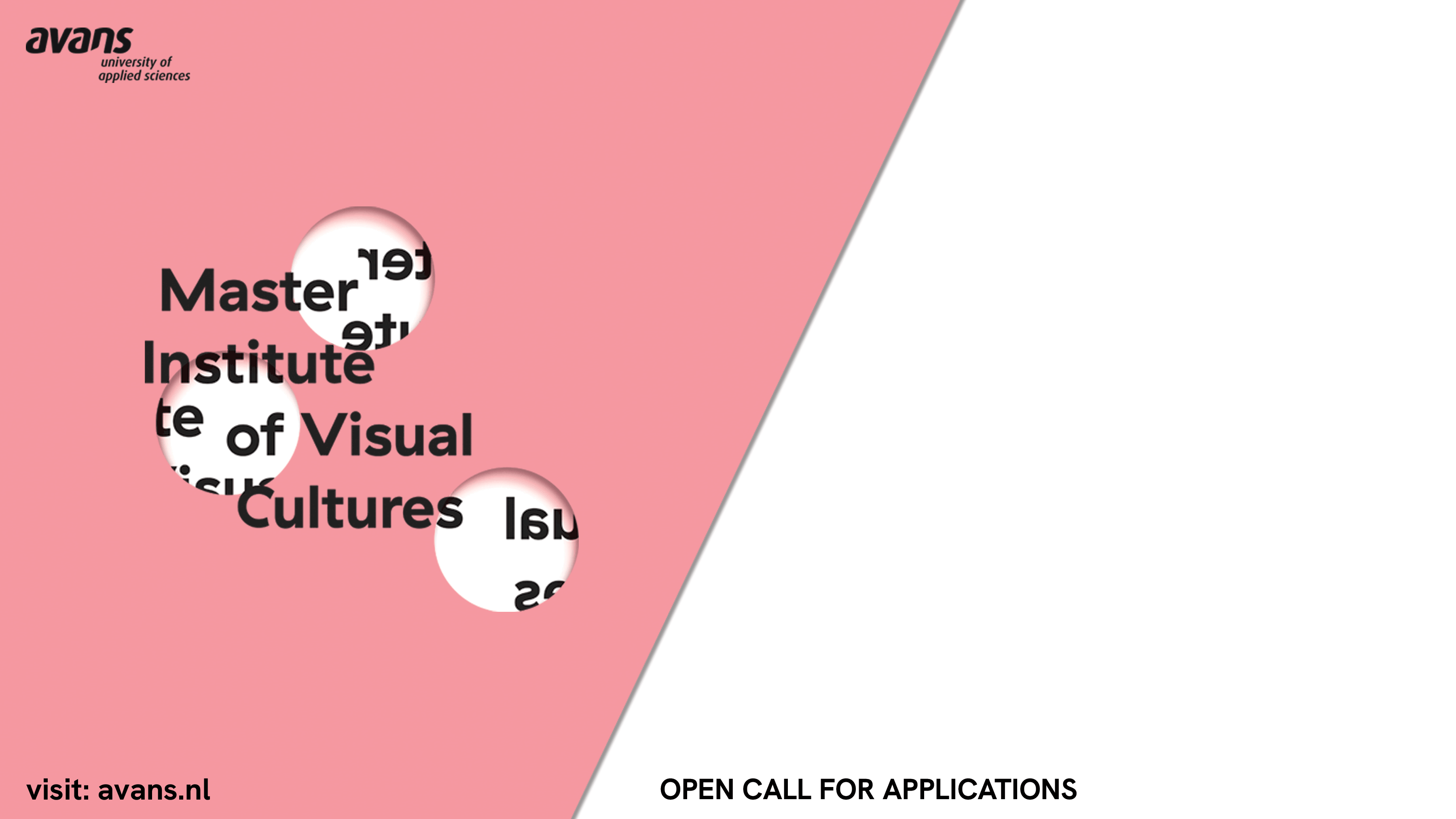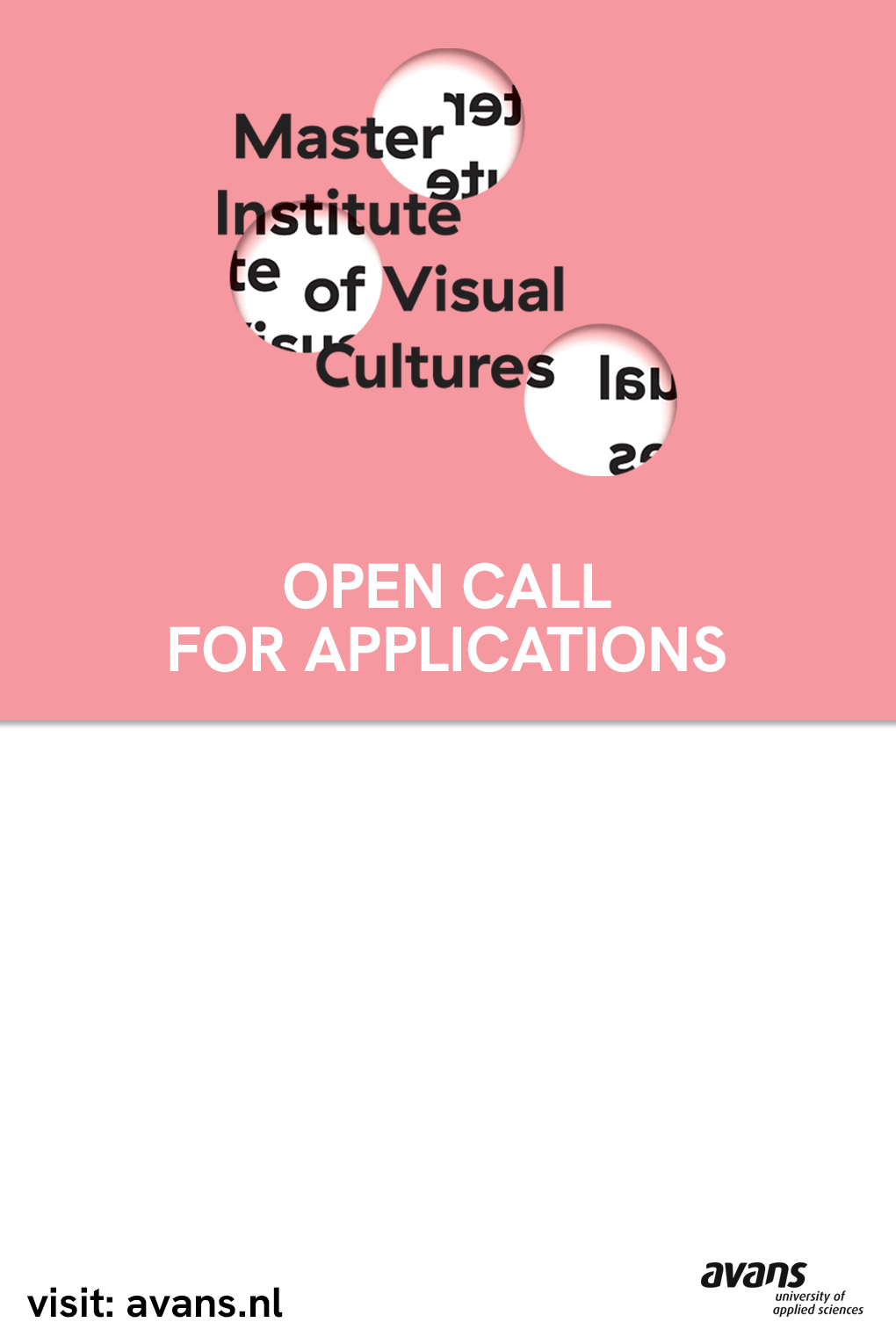Carlos Pérez Siquier: The Mediterranean’s Light
Marcos Chaves: Arbolabor
June 5–September 20, 2015
Centro de Arte Caja de Burgos CAB
C. Saldaña s/n
09003 Burgos
Carlos Pérez Siquier brings a selection of pop-style photographs to the Centro de Arte Caja de Burgos, CAB, that shape a very personal portrait of the Spanish period of liberalization.
The CAB will display a selection of works by the artist Carlos Pérez Siquier (b. 1930, Almería) from June 5 onwards. He is one of the most relevant restorers of documentary photography in Spain; a pioneer of the Spanish avant-garde photo, and sole master of colour, he is well-known for being a lifelong supporter of innovation, and visual and conceptual coherence.
The exhibition is an example of Pérez Siquier’s work during the ’70s, ’80s and ’90s. These pictures depict the rather kitsch liberalization that characterised the Spanish period of economic development after the dictatorship in a highly personal way.
They are ironic and sarcastic pop photographs of an exceptional aesthetic quality, full of colour and dominated my symmetry and very fine composition, in which the photographer captures the incomparable light of the Mediterranean. Focusing on the particular, the detail, the artist composes using balanced frames through which he invites us to see reality from a different point of view.
Brightly coloured swimsuits, whitewashed walls, enveloped cars, still-life paintings stemming from tourist traps emerge in front of the viewers’ eyes. Beaches, outrageous architecture, tacky excess, and the eroticism of mass tourism have a place within the parameters of a style that uses a new language in which real things become ambiguous, to create a state of sheer emotion.
Photography as art. Carlos Pérez Siquier founded Grupo AFAL in 1956, together with José María Artero. This group gathered artists who were changing Spanish photography at that time, such as Massats, Terré, Cualladó, Ontañon, Miserachas, Paco Gómez and Maspons.
His first works focused on portraying the reality of La Chanca neighbourhood in Almería. His style evolved during the transition from black and white to colour pictures. The main characters were no longer individuals but small details with certain pop influences. In 1963 he started working at the Ministry of Information and Tourism, for whom he carried out several projects with an international impact.
Marcos Chaves: Arbolabor
Marcos Chaves’s work (b. 1961, Rio de Janeiro) is based on the decontextualization of trivial everyday objects that he manipulates so as to add new meaning. With his sculptures, installations, videos and photos, Chaves reveals new values that are hidden within ordinary things, concealed in conventions, and he transforms common situations by bringing out extraordinary scenes from very ordinary moments.
The objects that attract him always belong to the familiar, concealed in unusual alliances, and he uses the everyday world as a counterpoint to the usual trite discourses about life and art. The artist, who employs humour as a catalyst for his work, uses a variety of visual registers (that of advertising, kitsch and contemporary art) to criticise the blindness with which ordinary things are seen these days due to the influence of sociocultural conventions.
Chaves shows us a new understanding of ordinary objects, the area of customs and social normality, by playing with images and with the meaning of words, in order to twist the viewer’s point of view and lead him or her to create a narrative of his/her own.
The Brazilian artist is not interested in the final outcome, the “artistic” object or sheer aesthetics. For him, the process of creating a work of art may be to take a common object out of its functional environment, combine it with others, change its logical context, and add some words and other elements different to the ones that usually appear next to it, always playing with mental associations, humour and chance.
However, the ironic links he creates, his sometimes satirical mood, and the playful essence of his pieces, don’t conceal the deeply critical work that it is. Chaves’ proposals are open to interpretation in spite of being very coherent. “I think the artist ‘does’ politics when he shows viewers that things can be seen in a different way,” he explains.




